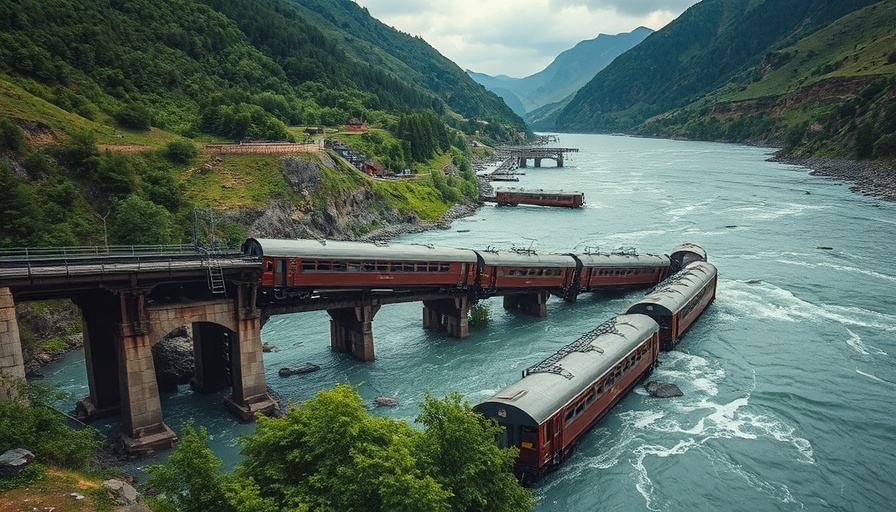
San Diego Jails Lack Oversight on Medical Care Quality
A recent report from the San Diego County grand jury highlights a troubling issue: the jails within the county are not effectively monitoring the quality of medical care provided to inmates. This oversight deficiency, as pointed out by healthcare professionals, has resulted in critical errors going unaddressed, which poses significant risks to the health and safety of individuals incarcerated in these facilities.
The Importance of Continuous Quality Improvement
The San Diego Sheriff’s Department claims to prioritize continuous quality improvement (CQI) within its medical services operations manual, emphasizing the need for ongoing enhancement to optimize health outcomes. However, the grand jury's findings reveal a stark contrast: there is a lack of tracking critical performance indicators. Without this data, necessary reform measures aimed at addressing the medical and mental health needs of inmates cannot be effectively implemented.
A Rising Concern: In-Custody Deaths
This oversight becomes even more alarming when considering the reported deaths under custody in San Diego jails over the years. A focus on CQI is essential not only for compliance with standards but also for preventing these tragedies. Members of the grand jury have commended the Sheriff’s Office for some improvements—particularly in suicide prevention and mental health care—but they insist that substantial work remains.
Recommendations from the Grand Jury
The grand jury’s report explored four specific focus areas: requests for medical and mental health services, medication-assisted treatment for opioid use disorders, grievances filed by inmates, and safety checks by officers. They recommend that performance data in these areas should be made accessible in real-time on the sheriff’s website, promoting transparency and accountability.
The Future of Inmate Healthcare: Potential Changes
While the Sheriff’s Office is currently reviewing the grand jury's recommendations and has yet to respond, the call for a robust CQI program is not new. Expert voices have been urging for the adoption of more consistent performance indicators to potentially save lives. As medical care within jail facilities is scrutinized more than ever, the future may demand that officials consider these recommendations seriously to enhance inmate safety and health care.
Conclusion: The Need for Action
Understanding the deficiencies in medical care quality within correctional facilities is paramount for advocates, families of inmates, and the community at large. Ensuring that comprehensive strategies are in place will not only foster better health outcomes for those incarcerated but also contribute to overall public safety. As the situation develops, it remains vital for the Sheriff’s Office to take meaningful steps toward reform.
 Add Row
Add Row  Add
Add 




Write A Comment